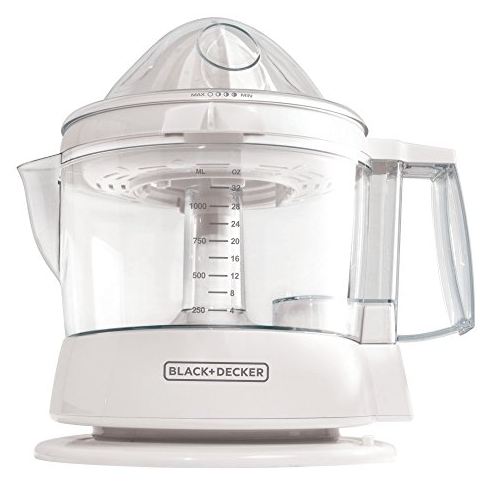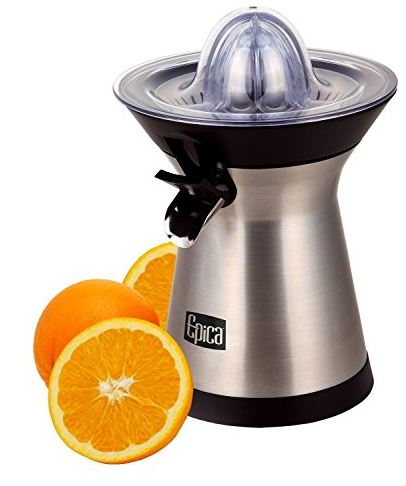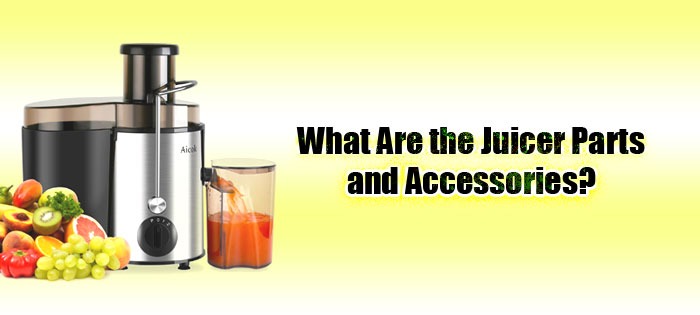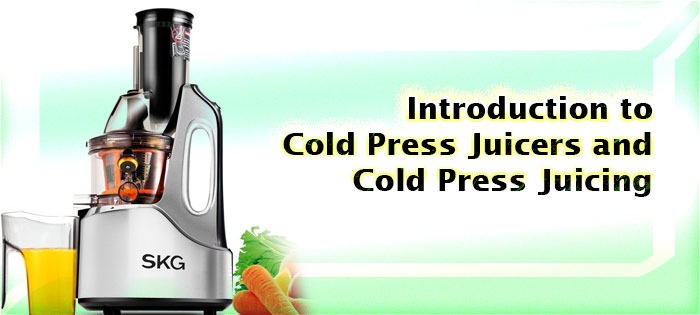Juicer vs. Blender: Which One is Best for You?
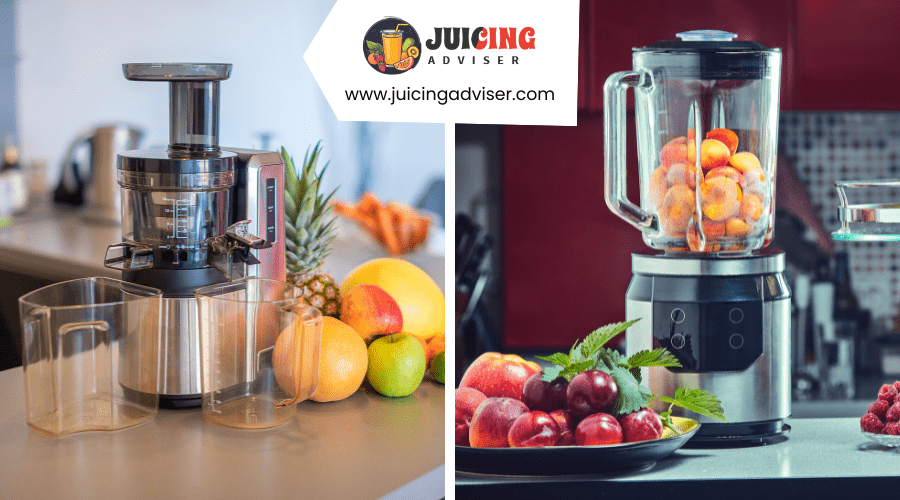
It is well-established that increasing your fruits and vegetables intake is good for your health. The more fruits and vegetables you consume, the greater the health benefits you'll get. A series of research findings and studies has shown that eating five or more servings of fruits and vegetables per day can reduce the risk of getting sick and dying from cardiovascular diseases. But it can be difficult for most of us to eat the recommended five or more servings in one day. Juicing or blending fruits and vegetables can be an easier way to get your recommended daily intake.
Shoppers are usually confused by the common misconception that blending and juicing are one and the same thing. So what is the difference between juicing and blending and what kind of equipment do you need for each one? Juicers and blenders are two very different machines, each with its own unique functions, features, and designs. Both process fruits and vegetables into a delicious, healthy drink. But the way they do it, as well as the end result or the product, are not the same at all.
Both juicing and blending can help you increase your fruit and vegetable consumption and reduce waste in the kitchen. You never have to see your fruits and vegetables go bad and end up in the trash bin, and you will save a lot of money in the process.
What is Juicing?
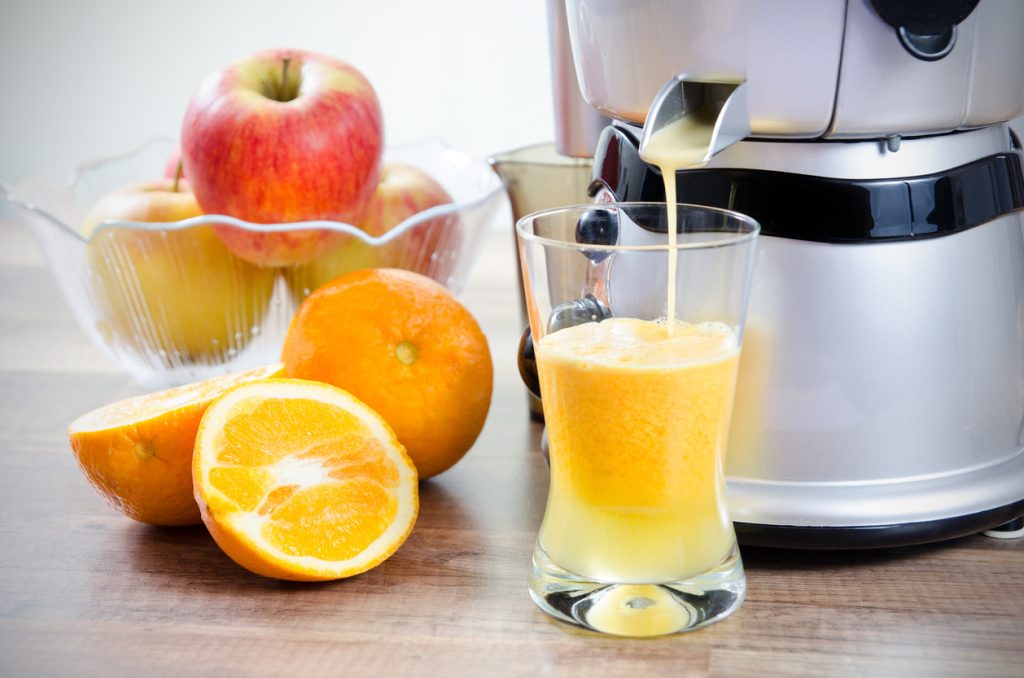
Juicing is the process of extracting the liquid from fruits and vegetables, leaving behind the pulp, seeds, and fiber. The result is a smooth, concentrated juice filled with vitamins, minerals, and antioxidants.
Types of Juicers:
- Centrifugal Juicers: These are the most common type and use fast-spinning blades to extract juice. They are quick and easy to use, but the high speed can generate heat that may reduce some nutrients.
- Masticating Juicers (Cold Press Juicers): These use a slow, grinding motion to extract juice, preserving more nutrients by generating less heat. They tend to be more expensive and slower than centrifugal juicers but are often preferred for their nutrient retention.
What is Blending?
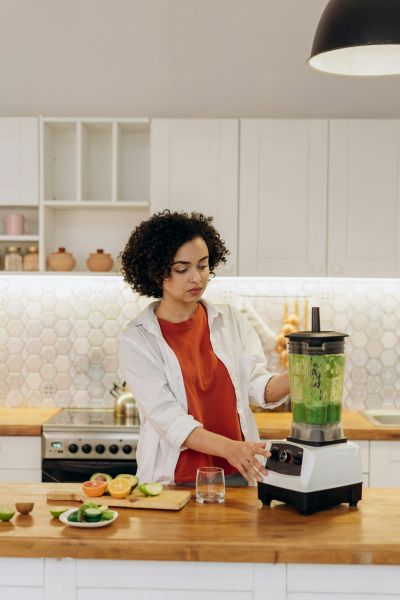
Blending, on the other hand, involves processing the entire fruit or vegetable, including the fiber, into a thicker drink known as a smoothie. Blenders chop and mix the ingredients together without separating the juice from the pulp, allowing you to consume all parts of the produce.
Types of Blenders:
- Standard Blenders: These are versatile and great for making smoothies, soups, and sauces. They can handle most fruits and vegetables, but may struggle with tougher ingredients.
- High-Powered Blenders: These blenders, like the Vitamix or NutriBullet, are more powerful and can blend tough ingredients like nuts, seeds, and leafy greens into smooth, creamy drinks.
The Key Differences
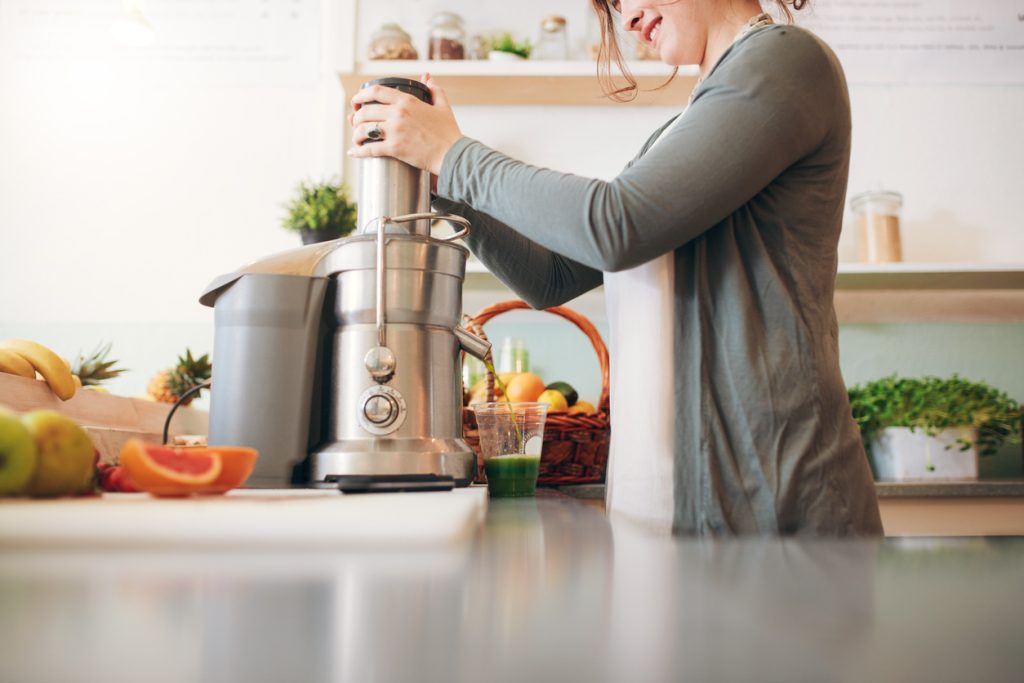
Let’s break down the key differences between juicers and blenders:
1. Nutrient Content
- Juicer: Juicing removes the fiber, which allows for quicker absorption of vitamins and nutrients. Juices are more concentrated, providing a fast nutrient boost. However, since fiber is essential for digestion and blood sugar regulation, you’re missing out on some health benefits by leaving it out.
- Blender: Blending retains all the fiber from fruits and vegetables, which is important for digestion, satiety, and maintaining steady blood sugar levels. The fiber also helps slow down the absorption of sugar, making smoothies a better option for long-lasting energy.
Verdict: If you’re looking for a quick hit of nutrients and want to boost your intake of vitamins quickly, juicing is the way to go. But if you want a drink that is more filling and includes fiber, blending is a better choice.
2. Texture
- Juicer: Juices are smooth and free of pulp, making them light and easy to drink. This can be ideal if you don’t like the thick texture of smoothies or want a drink that’s easy to sip on the go.
- Blender: Smoothies are thicker and creamier, thanks to the fiber and pulp. They can be more filling and are often used as meal replacements or post-workout snacks.
Verdict: If you prefer a light, refreshing drink, juicing may be for you. If you want something more substantial and filling, blending is the better option.
3. Digestive Benefits
- Juicer: Without fiber, juices are easier to digest and are quickly absorbed by the body, which can be beneficial for people with sensitive digestive systems. However, the lack of fiber can cause blood sugar levels to spike, especially if the juice is fruit-heavy.
- Blender: The fiber in smoothies helps slow digestion, keeping you full for longer and stabilizing blood sugar levels. Fiber also aids in maintaining a healthy gut by supporting the growth of beneficial bacteria.
Verdict: Blending is better for digestion due to the fiber content, making smoothies a more balanced option for long-term health.
4. Caloric Content
- Juicer: Juices tend to be lower in calories because they exclude fiber and pulp. However, they can still be high in sugar if made with a lot of fruit. This makes juicing a great option for those looking to reduce calorie intake while getting essential nutrients.
- Blender: Smoothies can be higher in calories due to the inclusion of fiber and additional ingredients like yogurt, nuts, or protein powders. They are more of a meal or snack in themselves, rather than a light beverage.
Verdict: Juicing is better if you’re looking for a low-calorie option, while smoothies are ideal if you need something more filling and substantial.
5. Time and Cleanup
- Juicer: Juicers typically require more time for preparation and cleanup. They involve chopping fruits and vegetables into smaller pieces and cleaning out pulp and filters after each use, which can be a bit tedious.
- Blender: Blenders are generally faster and easier to clean. You can toss whole ingredients in without much prep, and most blenders only require a quick rinse after use.
Verdict: Blending is the more time-efficient option, both in terms of preparation and cleanup.
6. Variety of Ingredients
- Juicer: Juicers work best with watery fruits and vegetables, such as apples, cucumbers, carrots, and leafy greens. However, they struggle with tougher ingredients like nuts or starchy vegetables.
- Blender: Blenders are much more versatile. They can handle almost any ingredient, including leafy greens, nuts, seeds, and even ice. This makes blending a great option for a variety of smoothies, shakes, soups, and sauces.
Verdict: If you want more versatility in what you can create, blenders offer more flexibility.
Pros and Cons of Juicing
Pros:
- Quick nutrient absorption
- Smooth, pulp-free drinks
- Ideal for a fast nutrient boost
Cons:
- No fiber, which can lead to blood sugar spikes
- Time-consuming prep and cleanup
- Less filling
Pros and Cons of Blending
Pros:
- Retains fiber, which aids digestion and satiety
- More versatile, allowing for a wider range of ingredients
- Faster prep and cleanup
Cons:
- Thicker texture may not appeal to everyone
- Higher in calories, depending on ingredients
Which One Is Right for You?
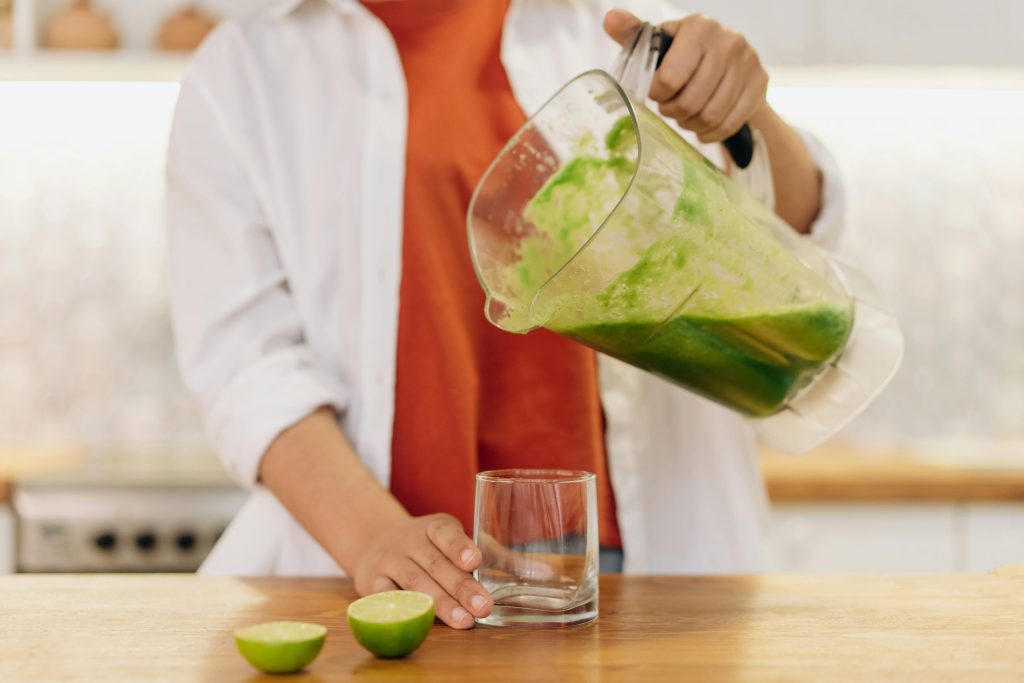
Juicer:
- You want a concentrated, easy-to-digest nutrient boost.
- You prefer smooth, pulp-free drinks.
- You’re looking for a low-calorie option.
Blender:
- You want a more filling, fiber-rich drink.
- You like experimenting with a variety of ingredients.
- You need a quick, convenient option with minimal cleanup.
Juicer vs. Blender—It Depends on Your Goals
The "juicer vs. blender" question continues to be a hot debate among dieters and health buffs. Studies and research are still being done to improve these machines. But like so many other debates and issues, there is really no right or wrong that will suit everyone’s needs and wants. You may choose a blender or a juicer depending on your specific requirements or concerns towards nutrition or digestion, your budget, or just a personal preference for a specific type of drink.
Both juicers and blenders have their own unique benefits, and the best choice depends on your personal health goals and lifestyle. If you’re looking for a quick hit of nutrients and don’t mind sacrificing fiber, a juicer might be the way to go. However, if you want a more balanced, fiber-rich drink that can serve as a meal replacement, blending is the better option.

